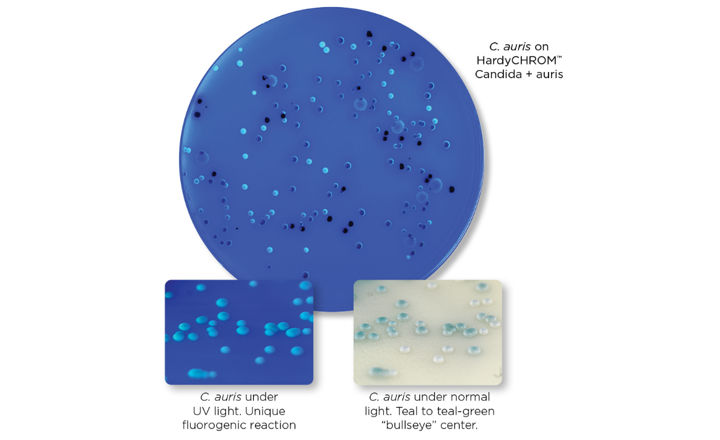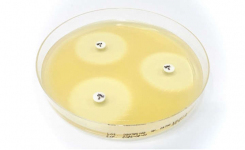- Fungal diseases remain under-recognized in public health despite their high morbidity and mortality.
- Mammalian body temperature has long served as a barrier to many fungi; climate adaptation may erode this protection.
- Intensifying climate change could drive more frequent and severe fungal outbreaks, shifts in endemic zones, and emergence of novel fungal pathogens.
- Preparedness requires expanded diagnostic capacity, disease surveillance, antifungal drug development, and environmental monitoring.
- Fungi are highly sensitive to environmental change because most diversity and biomass reside in topsoil, making them particularly vulnerable to climate shifts.
- Adaptation to higher temperatures increases fungal potential to infect mammals; for example, Coccidioides immitis has expanded geographically in response to changes in climate and precipitation.
- Climate adaptation may intersect with antifungal resistance, as environmental stressors select for more resilient strains.
- The commentary calls for heightened surveillance, improved environmental sampling, predictive modeling, and investment in better diagnostics and therapies.
Bigger picture: This piece serves as a strategic alert to public health and scientific communities. It complements broader reviews (e.g., Williams et al., Effects of climate change on fungal infections) that map mechanistic links between climate stressors and fungal disease trends.2 Importantly, climate change is not the sole driver - other contributors include agricultural fungicide use2 (Williams) and increasing reliance on glucocorticosteroids and immunotherapies.3
The World Health Organization (WHO) has recently prioritized invasive fungal pathogens into three categories4:
- Critical: Cryptococcus neoformans, Candida auris, Aspergillus fumigatus, Candida albicans
- High: Nakaseomyces glabrata (Candida glabrata), Histoplasma spp., eumycetoma-causing fungi, Mucorales, Fusarium spp., Candida tropicalis, Candida parapsilosis
- Medium: Scedosporium spp., Lomentospora prolificans, Coccidioides spp., Pichia kudriavzevii (Candida krusei), Cryptococcus gattii, Talaromyces marneffei, Pneumocystis jirovecii, Paracoccidioides spp.
As the planet continues to warm, previously obscure or benign species may transition into human pathogens, known fungal diseases may expand into new geographic regions, and overlaps with other health challenges (e.g., immunosuppression, comorbidities) will likely evolve. The commentary underscores the need for improved surveillance, antifungal drug pipelines, and adaptive health system strategies to confront evolving fungal threats.
References:
- Konkel Neabore, L. 2024. “Wake-up Call: Rapid Increase in Human Fungal Diseases under Climate Change.” Environmental Health Perspectives. Vol. 132, Issue 4, Page 42001.
- Williams, SL et al. 2024. “Effects of climate change on fungal infections.” PLoS Pathogens. Vol. 20, Issue 5 page e1012219.
- Casadevall, A. 2022. “Immunity to Invasive Fungal Diseases.” Annual Review of Immunology. Vol. 40 pages 121-141.
- WHO (World Health Organization). 2022. “WHO Fungal Priority Pathogens List to Guide Research, Development and Public Health Action.” Accessed on October 1, 2025
























